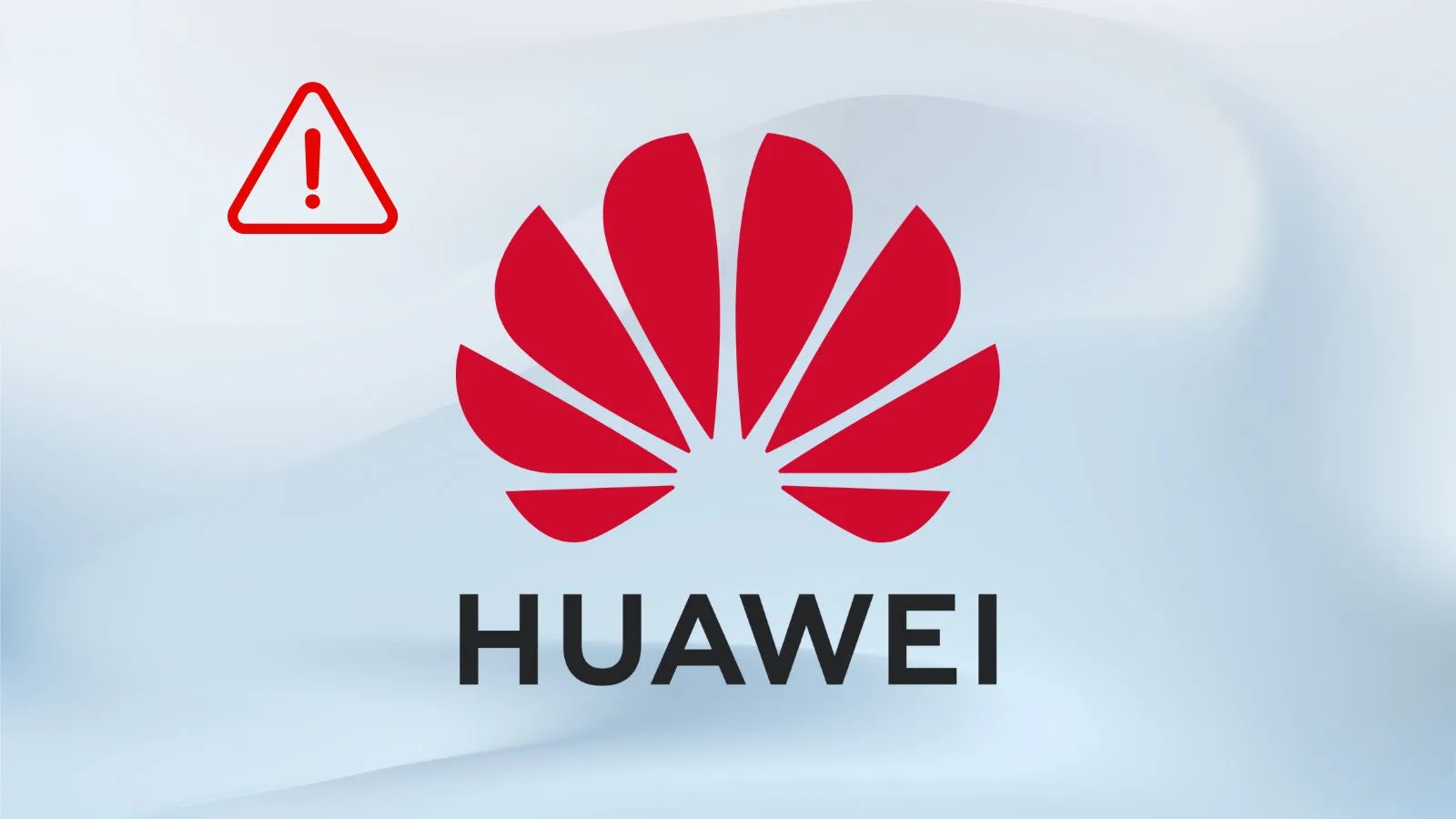In early October 2025, a threat actor alleged a significant data breach at Huawei Technologies, a leading Chinese multinational technology corporation. The individual claims to have exfiltrated sensitive intellectual property, including internal source code and development tools, and is reportedly offering this data for sale on a dark web forum.
Details of the Alleged Breach
The threat actor’s forum post specifies that the compromised data encompasses a broad array of internal assets. These include source code, development tools, build files, scripts, and technical manuals. An accompanying image of the post indicates that the actor is seeking $1,000 for the data, with the price open to negotiation. Communication regarding the sale is restricted to the Session messaging platform, emphasizing the actor’s intent to maintain anonymity.
This incident has garnered attention from cybersecurity intelligence groups that monitor dark web activities. If the claims are substantiated, the exposure of Huawei’s source code and internal tools could have far-reaching implications. Such a breach could potentially reveal new vulnerabilities in Huawei’s products, providing malicious actors with the means to exploit the company’s extensive global infrastructure.
Historical Context and Ongoing Scrutiny
Huawei has been under intense scrutiny for years, facing numerous allegations related to security and espionage. In 2012, a U.S. House Intelligence Committee report warned that using Huawei’s technology could undermine U.S. national security interests. The report suggested that the Chinese government could leverage Huawei’s equipment for espionage purposes.
The company has also faced multiple allegations of intellectual property theft from competitors. In 2019, reports emerged that Vodafone Italy had discovered hidden backdoors in Huawei equipment between 2009 and 2012. These backdoors could have granted unauthorized access to the carrier’s network. Huawei described these backdoors as technical mistakes that were later fixed, but the findings nonetheless damaged the company’s reputation.
More recently, in July 2025, a nationwide telecom outage in Luxembourg was reportedly linked to a cyberattack targeting Huawei routers, prompting a government investigation. Additionally, reports have confirmed that the U.S. National Security Agency (NSA) infiltrated Huawei’s servers in 2009 to find links to the Chinese military and steal source code.
Potential Implications of the Alleged Breach
The full impact and authenticity of this latest claimed breach are still under investigation. If validated, the exposure of Huawei’s source code and internal tools could have significant consequences. It could potentially expose new vulnerabilities in Huawei’s products, providing malicious actors with the means to compromise the company’s extensive global infrastructure.
This incident underscores the persistent challenges in securing proprietary information and the ongoing threats posed by cyber actors targeting major technology firms. It also highlights the importance of robust cybersecurity measures and the need for continuous vigilance in the face of evolving cyber threats.



